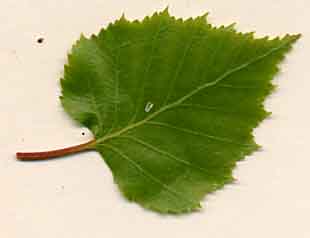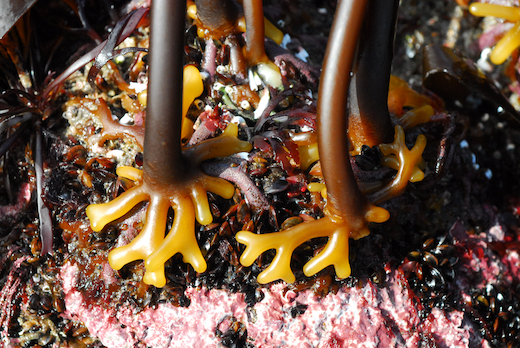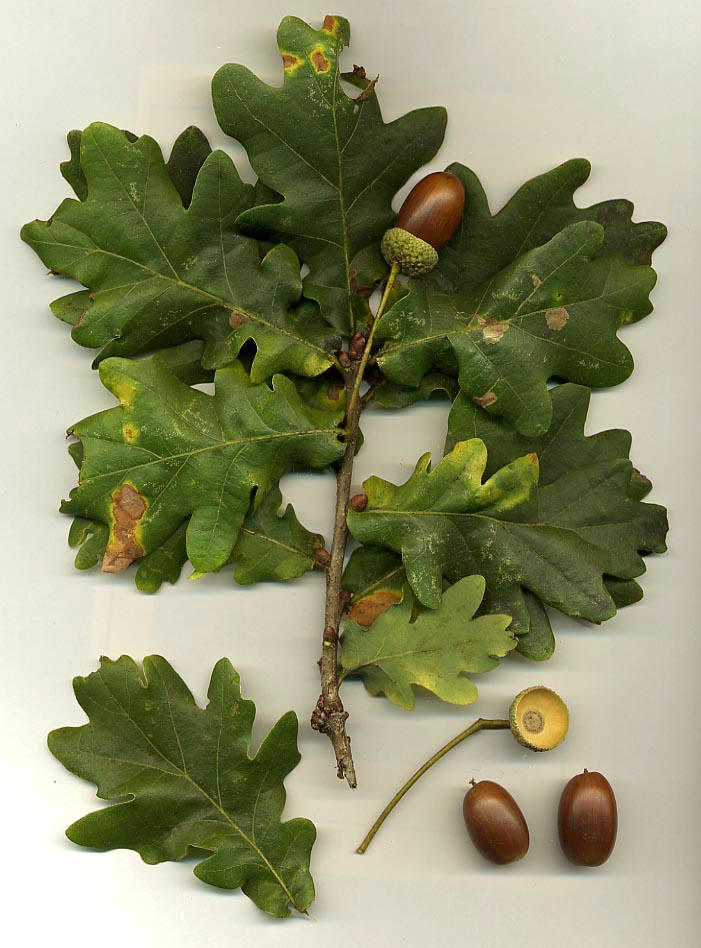
Tree Top Guide - Silver Birch
Botanical name : Betula pendula

Common names : Silver Birch, Warty Birch, European White Birch, East Asian White Birch,
Physical appearance : The silver birch ia a medium sized (trunk up to 40 cm in diameter), decidious tree, the bark of which is silvery white in colour, giving the tree its name. It has slim, pendolous twigs with roughly triangular leaves. The leaves have a light green hue with a silvery shimmer. The leaves generally turn yellow in the autumn. The silver birch has easily recognisable catkins (flowers) and "winged" seed pods, which help it to propagate aerially.


Where to find : Common throughout the United Kingdom and Europe. Can also be found in Asia and America (although considered an invasive species in the US). Can also be found in hotter regions but at higher altitudes. Silver birches likes heathlands, mountain sides and crags and woodlands.
Uses : joinery timber, firewood, tanning, bark conoes, paper making, fire making. Various parts of the tree are used in traditional medicine and the bark contains triterpines which have been shown to have medicinal properties.

(Pictured above - Birch Bark Slippers)
Silver Birch as a food source. During early spring, as the tree awakens from its winter slumber, it starts to draw sap up into its leaf canopy. At this point, the tree can literally be tapped for this sap. To extract the sap, simply pierce the bark with a knife or nail. Within a few seconds, you will see the sap begin to flow from the puncture. This can be harvested into a bowl or bottle. The sap from Silver Birch can be consumed as is and is widely regarded as a health food. It contains sugars (fructose) which provide energy as well as vitamins and minerals, for general well being. Naturally, it is also a great way to rehydrate. Secondary products can also be made from the sap.
In times of hardship, the living layer of bark, underneath the outer bark was harvested, bolied and consumed. Provides energy and roughage. In desperation, this layer of bark can be eaten raw! This was a common practice throughout Europe during the WWII.

NB - Many plants can look and smell like another, please be sure you know what you are picking and eating!
Images courtesy of : Percita, Prof. Dr. Otto Wilhelm Thomé, Silverije, Ajacope via Wiki Creative Commons Attribution
The Bushgear Team


